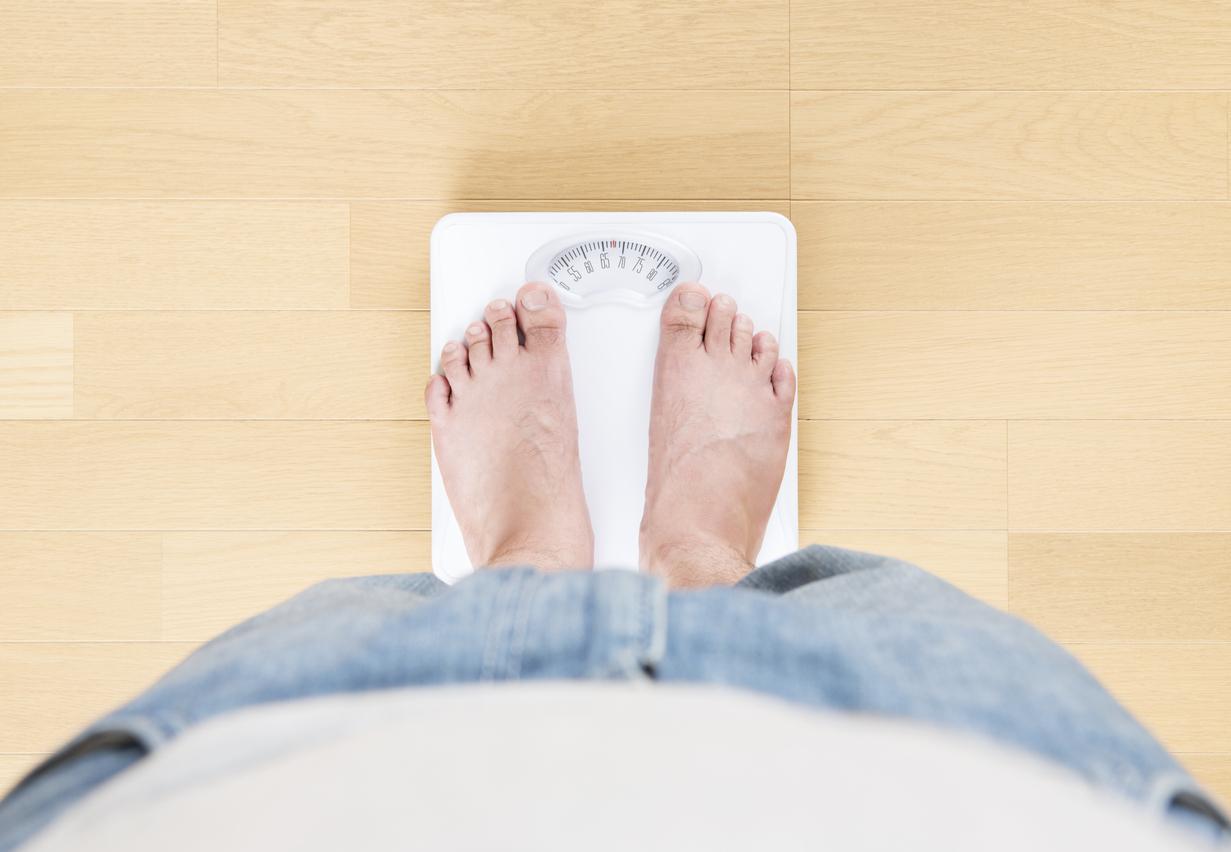A recent study has just shown that 55% of tablet users complain of neck and shoulder pain, sometimes even to the point of losing sleep.

Do you often have neck and shoulder pain? Perhaps you are using your tablet too much, as more and more Americans do. New research has just shown that 55% of tablet users complain of neck and shoulder pain, sometimes even to the point of losing sleep (15% of the cohort).
Specific postures
The prevalence of the symptom is higher in women: 70% of respondents said they were in pain, compared to just under 30% of men. Still, only 46% of participants said they would stop using their tablet if they experienced any bodily pain.
To achieve these results, published in the Journal of Physical Therapy Science, scientists interviewed 412 students in southern Nevada. “Time spent in front of the tablet is not the most important risk factor. Rather, it is gender and specific postures,” analyzes Zu-Ping Lee, professor of physiotherapy at the University of Nevada and lead author of the study. “Theoretically, the more hours you spend in front of an iPad, the more pain you will have in your neck and shoulder”.
The “neck of the tablet”
Problematic postures are those that cause the tablet user to sag and look down. This happens especially when you sit with the tablet in your lap, or on any other flat surface. American doctors then speak of “neck of the tablet” (iPad neck, in English), in reference to the famous French “neck of the rabbit”. In 10% of cases, neck and shoulder pain are severe. “Bending the neck forward for long periods of time can put pressure on the spine, causing muscle strain and pain in the neck and shoulders,” the researchers explain.
The disparity in pain between the sexes can be explained by the differences in size. According to the researchers, the tendency of women to have lower muscle strength and shorter stature may cause them to put more strain on the neck and shoulders when typing on their tablet. Specifically, women are 2,059 times more likely to be affected than men.
In the first quarter of 2018, 31.7 million tablets were sold worldwide. Apple sold 9.1 million iPads during this period, making the US giant the biggest seller of tablets in the world. Its market share is 28.8%. The apple-based firm is followed by Samsung (16.7%) and Huawei (10%). “In order to reduce the risk of developing long-term neck and shoulder problems, we need to think about how technologies like the touch pad affect human ergonomics and posture.”
.















